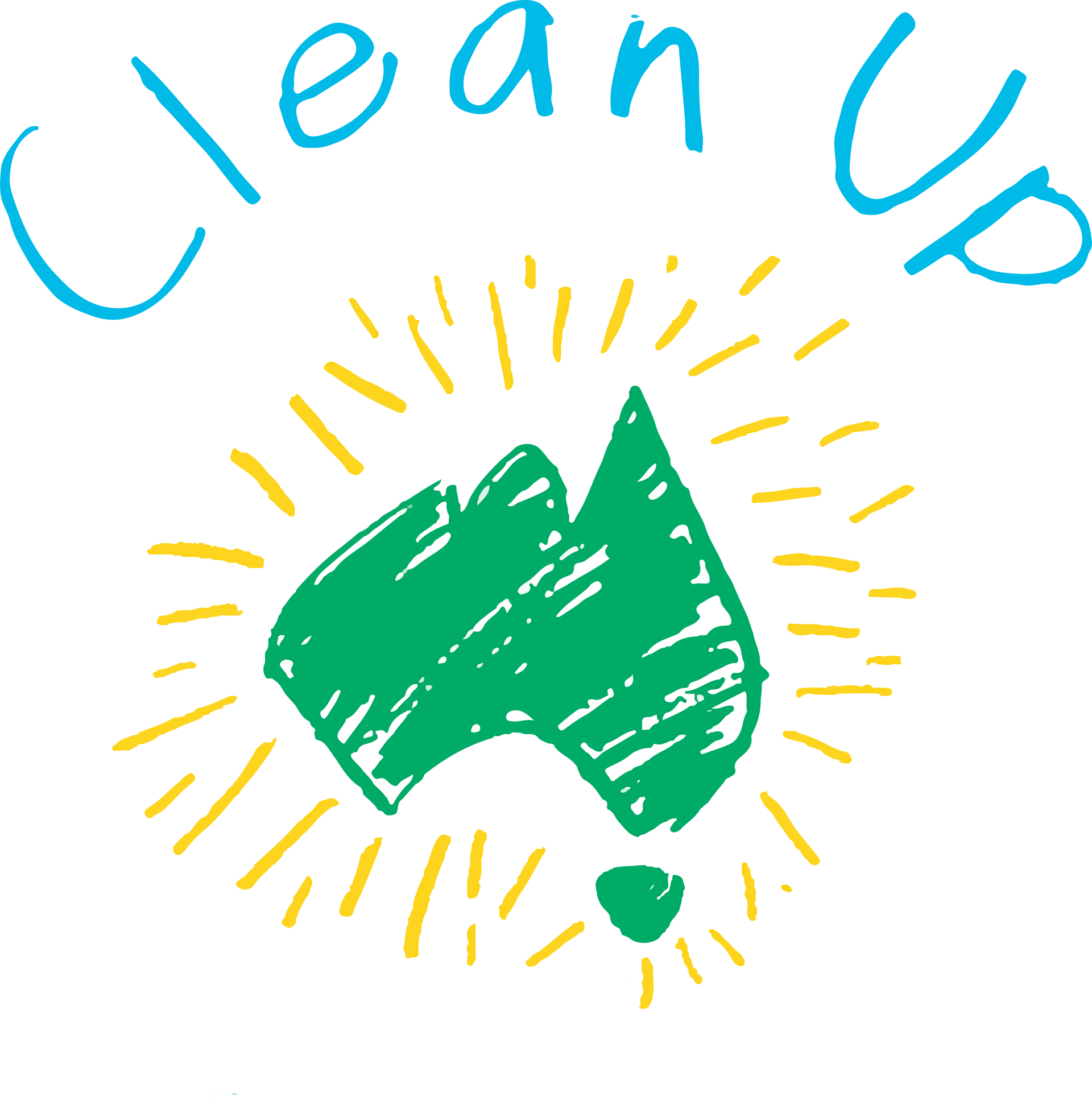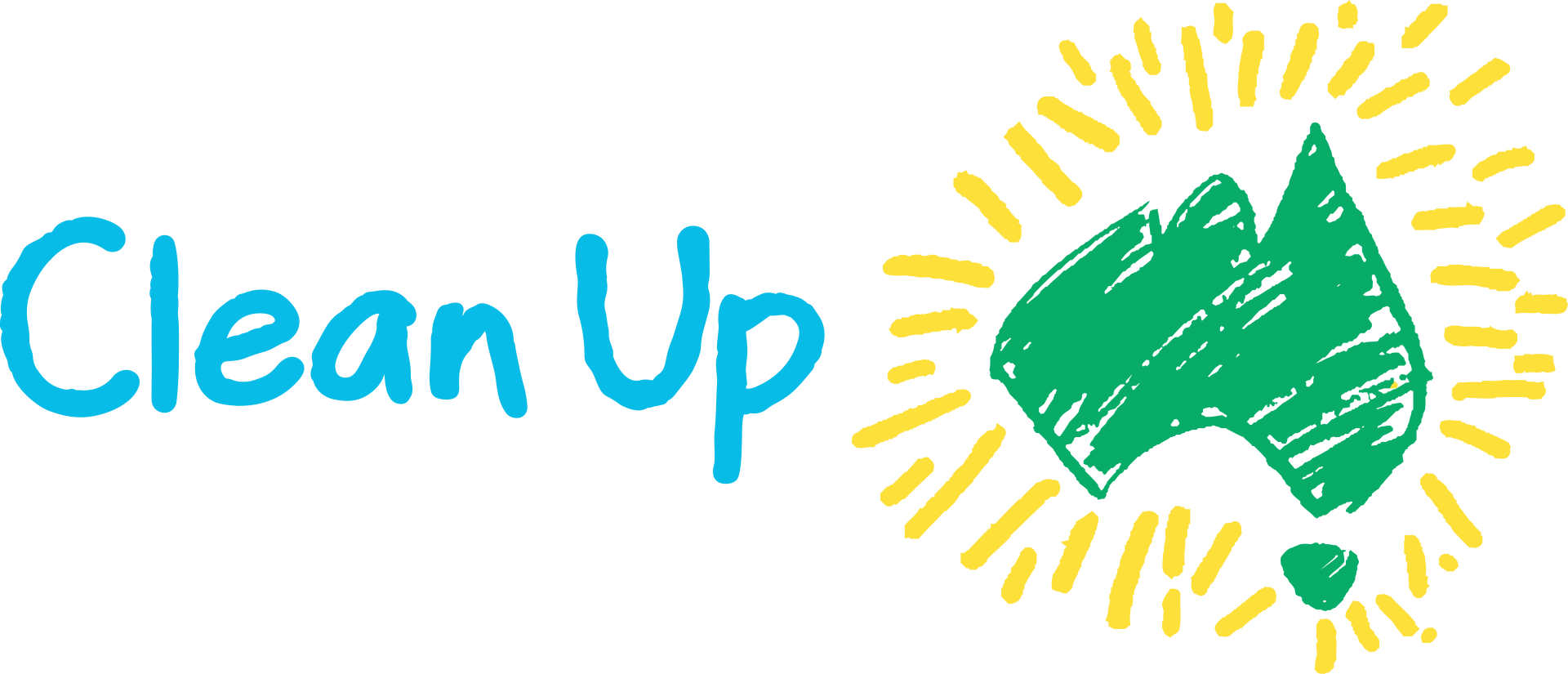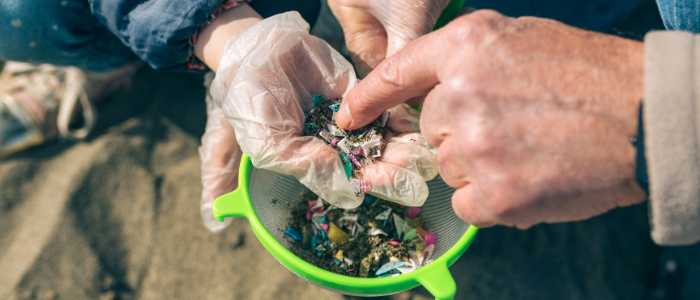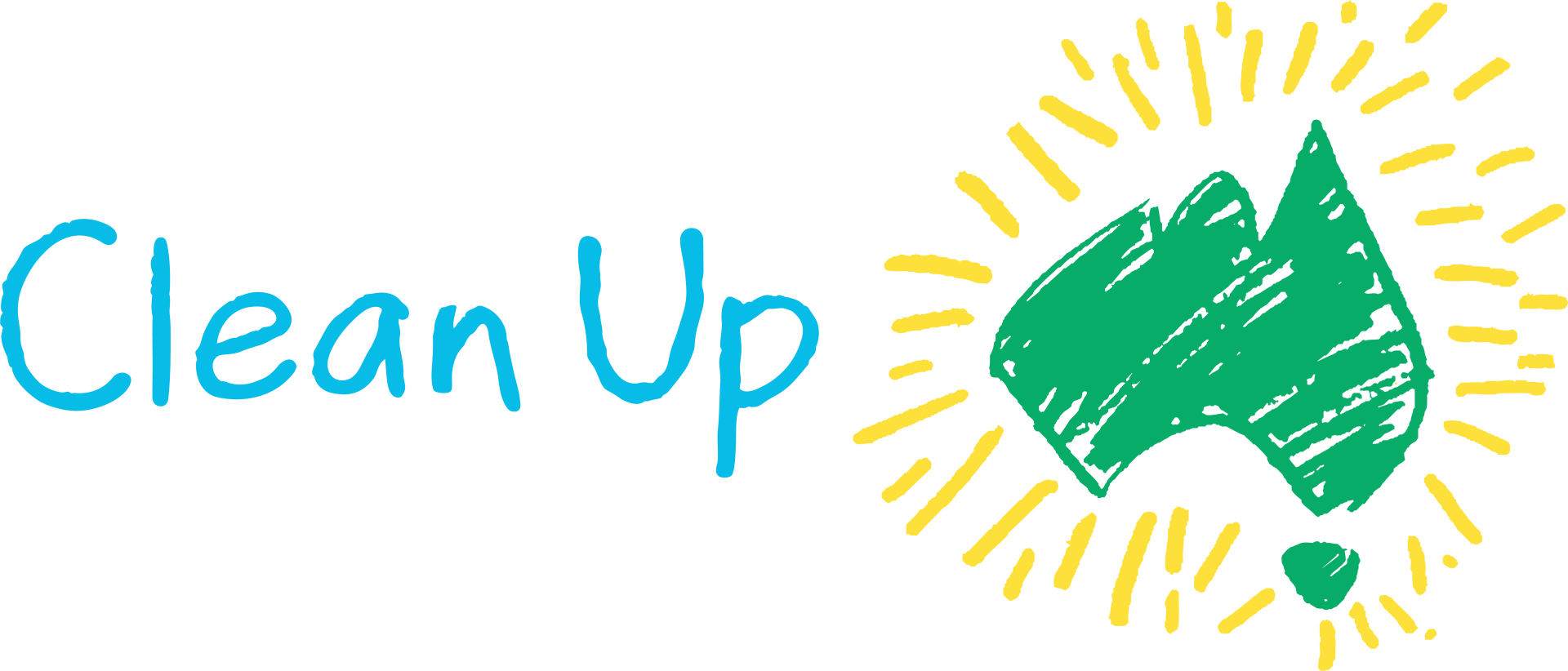Tiny plastics? Big problem.
by Doug Whyte
Microplastics are everywhere – in our water, air, oceans and even our food. But what are they and how concerned should we be?
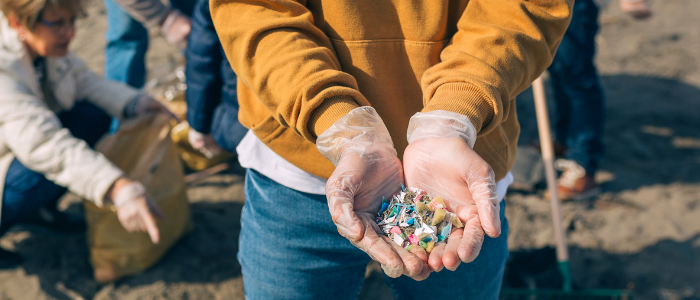
Microplastics are the pervasive remnants of the times we live in. You mightn’t see them, but they’re definitely there – cruising along the oceans’ currents, blanketing our beaches, hibernating within artic sea ice and even polluting the deepest underwater trenches in the world.
Perhaps more ominously, they’re turning up in the bodies of dead whales, seabirds, fish and other marine animals. And once they’ve entered the aquatic food chain? Well, it’s not hard to guess who they’re next targets are. Us.
But seafood isn’t even the only way they’ve have made their way onto our plates. While much of the interest in microplastic has focused on marine pollution, traces have also been found in honey, salt, beer, bottle water, organic fertilisers and in the very air we breathe.
Point is – these tiny plastics have infiltrated nearly every pocket of our planet. So what exactly are they? How much harm are they doing? And what can be done about them?
What are microplastics?
Microplastics are generally defined as pieces of plastic less than 5mm in size. The smaller pieces (less than 100nm) are called nanoplastics. If you’re struggling to put that into perspective, a single human hair is about 75,000nm in size.
There are two types of microplastics:
1. Primary microplastics. These plastics are small to begin with, such as microbeads found in facial cleansers, cosmetics, toothpastes, detergents, cleaning agents and clothes made of synthetic fabrics. Because microbeads aren’t captured by most wastewater treatment systems, they can easily end up in our oceans, rivers and lakes.
2. Secondary microplastics. These plastics are formed from the breakup of larger plastics, such as bags, bottles and straws. Over time, these items break down into smaller and smaller parts due to physical, biological and chemical forces.
With around 8 million tonnes of plastic entering our oceans every year, the future of microplastics in our marine environments is unfortunately bright. In fact, CSIRO recently estimated that there are 14 million tonnes of the stuff on the ocean floor – more than 35 times more than the estimated weight of plastic pollution on the surface.
It’s also harrowing to think that the larger plastics we see entangled in and around the bodies of whales, seabirds, turtles and fish can live a second (and very long) life as microplastics – destined to wander and clog up our environment for centuries to come.
What are they doing to us?
Here’s some food for thought. WWF teamed up with the University of Newcastle in Australia to calculate the average weight of microplastics humans are ingesting every week.
The analysis found that we could be eating around 5 grams of plastic a week – about the weight of a credit card. It also suggested we’re ingesting around 100,000 microplastics annually, which is approximately 21 grams a month and 250 grams a year.
But the question still is – are they harmful to us? While the thought of thousands of tiny plastics swimming around your body is enough to make your skin crawl, the truth is, we don’t know yet.
Scientists are only beginning to look at the potential impacts microplastics have on human health. Right now, there isn’t enough research to give a definitive answer. But that doesn’t mean we don’t have a big problem on our hands, or that this isn’t an evolving field of study.
What are they doing to the environment?
As with humans, understanding the extensive impacts of microplastics on the environment is challenging. But the answers here are a bit clearer – and there’s certainly cause for concern.
For plankton, bivalves, fish, whales and other marine species, microplastics can look a whole lot like food. Studies have found that ingestion can impact reproductive systems, stunt growth, supress appetite, cause tissue inflammation and liver damage, and change feeding behaviour.
When small animals consume microplastics, these microplastics can also be transferred up the food chain – and can even impact the balance of entire ecosystems. Read up on the humble lugworm or the microscopic zooplankton for studies of this in action.
There’s also concern around toxic POPs (persistent organic pollutants) being absorbed and compounded by microplastics, and making their way into – and potentially harming – the surrounding environment. While a clear consensus hasn’t been reached on this, scientists agree that more studies are n
What can be done about it?
Solving the problem of microplastics is really a case of reducing, recycling, reusing and rethinking.
On a basic level, this means cutting down our reliance on unnecessary plastics (especially single-use), strengthening our recycling systems and improving recycling rates, and changing production methods and design models to prioritise re-use and recycling – i.e. moving to a more circular economy.
As consumers, we can certainly do our best to make responsible choices – bringing a reusable bag to the shops, ditching plastic straws, avoiding products with microbeads, or REDcycling soft plastics.
We can also reduce the amount of microplastics released to the ocean from our clothing by washing items less frequently and purchasing high-quality clothes. Some washing machine manufacturers are introducing microfibre filters and you can purchase micro-fibre laundry bags or a Cora Ball (which has proven to capture over 25% of microfibres) or you can even retro-fit your washing machine hose with a filter to capture more. As technology develops, better solutions will become commercialised, with a Japanese University study showing promising results testing microfibre filtration in washing machines using acoustic wave technology.
But the biggest shifts have to come from governments, industry and businesses working together to introduce legally-binding bans and create better plastic management systems – not just in Australia, but all around the world.
For example, countries like Canada, Ireland, the US and United Kingdom have banned the use of microbeads in products. However, Australia is still relying on a voluntary phase-out by industry.
While this approach has been a useful, with 93% of companies in Australia committing to the phase out – only a total ban will ensure our oceans, rivers and lakes don’t continue to be the dumping grounds they are today.
It’s heartening to hear that hundreds of jurisdictions around the world have committed to plastic bans in some form or another (Australia included), but a common approach is essential if we’re to achieve widespread and meaningful change.
Want to help make this happen? WWF suggests making your voice heard. Tell your government leaders and the owners of the businesses you interact with that you want them to do more to solve the problem – that it’s time to change the way they use and manage plastics.
Be part of campaigns, sign partitions and help educate others about the plastic problem. Because if there were as many people taking action as there were microplastics in the environment, the push for progress would be impossible to ignore.
Doug Whyte is a writer and copywriter from Sydney with a strong interest in environmental issues and sustainability.
Search for other blog topics:
